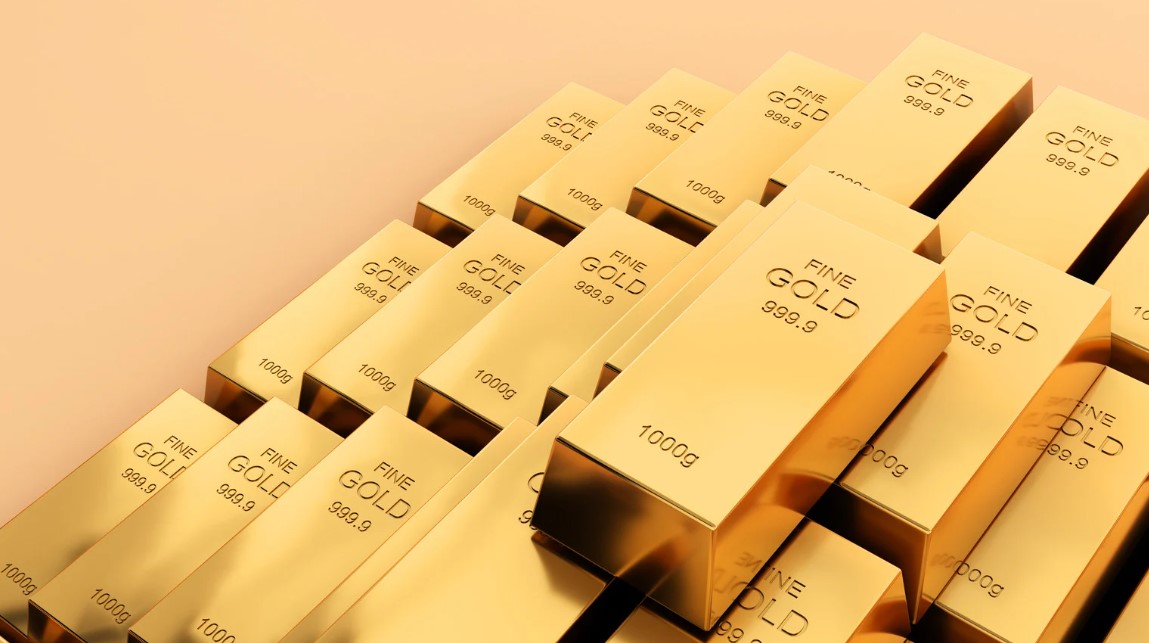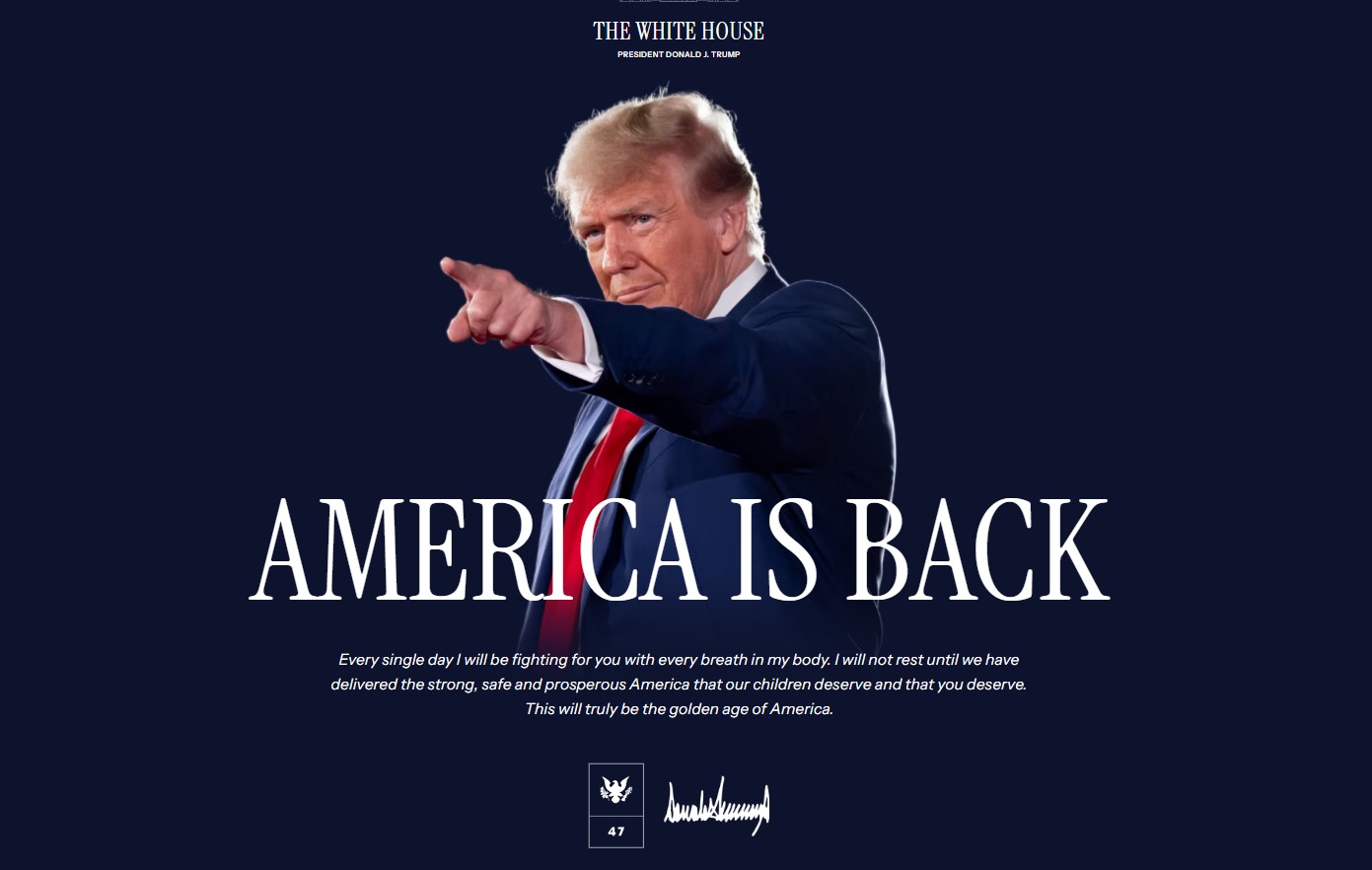After a pause in December, gold reached new all-time highs, outperforming all other asset classes in 2024. This upward trend has continued in 2025, and by the end of January, gold had broken its own records, reaching $2,798.40 per ounce. According to experts, this strong performance is driven by its demand as a safe-haven asset amid geopolitical uncertainties and concerns about the impact of tariffs imposed by Donald Trump’s administration on the global economy.
“Global gold demand was much stronger toward the end of last year than available data suggested. The World Gold Council’s demand trends for the fourth quarter of 2024 showed strong growth in investment demand and central bank purchases, which further reinforced bullish sentiment in the gold market and pushed prices to a new all-time high,” explains Carsten Menke, Head of Next Generation Research at Julius Baer.
According to Ned Naylor-Leyland, investment manager for gold and silver at Jupiter AM, the gold market is currently in a bull phase, but the broader market has not yet fully participated, which suggests there is still room for further gains. He notes that gold mining companies have increased production and profit margins, but their stock prices have not risen at the same pace.
The Impact of Tariffs
According to Menke, global gold trade between the U.S. futures market and European physical markets could be affected by the tariffs Trump has threatened to impose. “This is creating uncertainty among gold traders and widening the price gap between New York and London. In theory, tariffs—if implemented—should not alter the long-term supply and demand balance in the global gold market or international benchmark prices. That said, if market imbalances arise in the short term due to tariffs, prices will need to signal the need to attract sufficient supplies to the U.S.,” he explains.
In this regard, Menke argues that the fundamental impact on global gold demand would be more related to prolonged trade tensions, which could be one of the bullish factors of Trump’s presidency. “Overall, we believe his administration could generate a wide range of possible outcomes, both bullish and bearish. Our outlook on gold remains positive, primarily based on the resumption of central bank purchases rather than Trump’s presidency,” he clarifies.
The Role of Central Banks
Another key factor supporting gold’s rally is that several major central banks, including the European Central Bank, the Bank of Canada, and Sweden’s Riksbank, are implementing interest rate cuts, increasing gold’s appeal. Although the Federal Reserve decided to keep rates unchanged, investors anticipate two additional rate cuts this year, which could also support the metal’s price.
“Countries like China, India, and Turkey have increased their gold reserves to diversify assets at the expense of the U.S. dollar. Globally, central banks purchased 694 tons of gold in the first few months of the year; in November, the People’s Bank of China announced it would resume gold purchases after a six-month pause,” notes Diego Franzin, Head of Portfolio Strategies at Plenisfer Investments, part of Generali Investments.
According to Franzin, monetary policy decisions also play a crucial role in the gold market. “During the phase of rising interest rates, gold was the ultimate hedge against inflation, which monetary policies were fighting. In the current phase of rate cuts, gold continues to offer an alternative to other asset classes, although the cost-benefit ratio of holding gold has increased. Gold prices saw a slight dip after the Fed’s rate cut in December. However, it is worth noting that the U.S. central bank also indicated that next year’s rate cuts would be slower than previously expected,” he states.
Outlook
Considering these factors, some experts, such as Franzin, estimate that gold could reach $3,000 per ounce, supported by the continuation of the aforementioned trends and a potential resurgence of inflation driven by fiscal and trade policies under the new Trump administration. “There are also expectations of another increase in U.S. public debt,” he adds.
“Beyond central bank purchases, gold market demand has been largely driven by sophisticated investors, such as hedge funds and algorithmic traders, who have pushed gold futures higher,” adds the Jupiter AM manager.
At Plenisfer Investments, they believe that regardless of short-term price trends, gold will continue to play several key roles in an investment portfolio in 2025. *”It will remain a strong diversification element, helping to reduce portfolio volatility due to its low correlation with other assets. It will continue to offer protection against inflation, which historically occurs in waves and could persist, particularly in the U.S., above the levels currently expected by markets.
Lastly, it will remain a safe-haven asset in times of economic or geopolitical uncertainty,” concludes Franzin.




